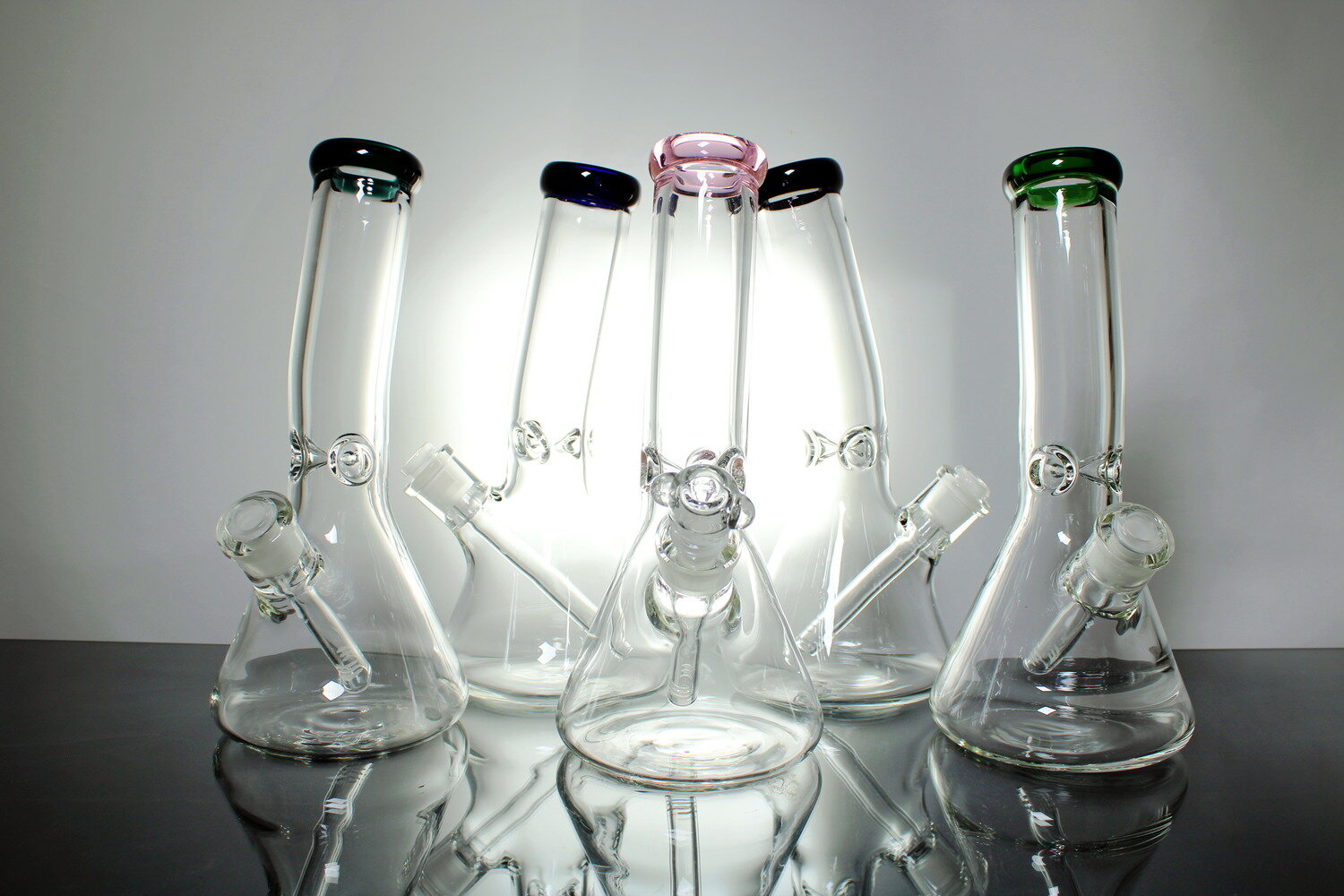In this article, I will how the first pheromone was discovered in animals. Learn about the truth of human pheromones at https://jail6letter.wordpress.com
The Discovery of Pheromones
In 1959, after many years of work, two German biologists, Erich Hecker and Adolf Butenandt, isolated a pheromone from the silkworm moth. The scientific name for this species of moth is Bombyxmori, so Hecker and Butenandt called the pheromone bombykol. In their experiments, they had to use more than 500,000 moths to obtain only a few grams of bombykol.
Bombykol acts as a powerful sex attractant. When a female silkworm moth that is ready to mate releases bombykol, she sends a message that spreads rapidly through the air. We humans cannot smell bombykol. But the male silkworm moth detects the attractant and his behavior changes almost instantaneously. He stops whatever he is doing and fliesoff in search of the source of the chemical scent.
If the male should lose the trail, he zigzags back and forth through the air until he encounters it again. Eventually, he will reach the message-sender and may mate with her. Female silkworm moths that are actively releasing bombykol that can attract male moths from as much as one mile away.
Early Pheromone Research

This discovery was only the beginning of pheromones research. By the early 1960s, a number of new laboratory techniques were developed that made it possible to probe much deeper into the mysteries of pheromone communication.
As a result, there was an almost explosive increase in research. Over the last 25 years, close to 1,000 pheromones have been discovered in a great variety of animals. Quite a few of these compounds have been identified chemically, and some can now be produced in the laboratory. Furthermore, many discoveries have been made concerning how animals actually send and receive these chemical messages. Learn more about the best pheromones at http://pheromones-work.weebly.com
Sending Pheromone Signals
Pheromones are manufactured in small, specialized structures known as glands. Some glands are relatively simple and are located on or near the surface of an animal’s body. Others are more complex; they are found deeper in the body and may have internal reservoirs within which a considerable amount of a pheromone can be stored. The locations of pheromone glands in animals are remarkably diverse.
For instance, the female silkworm moth releases bombykol from a gland located near the tip of her abdomen. The feet of mice and rats are covered with densely packed glands that produce pheromone secretions. Many kinds of deer have small, somewhat circular pheromone glands located immediately in front of and slightly below the inner corners of their eyes. Ants have at least 12 different pheromone-producing glands, ranging from glands in their heads to glands that are associated with their stings.





